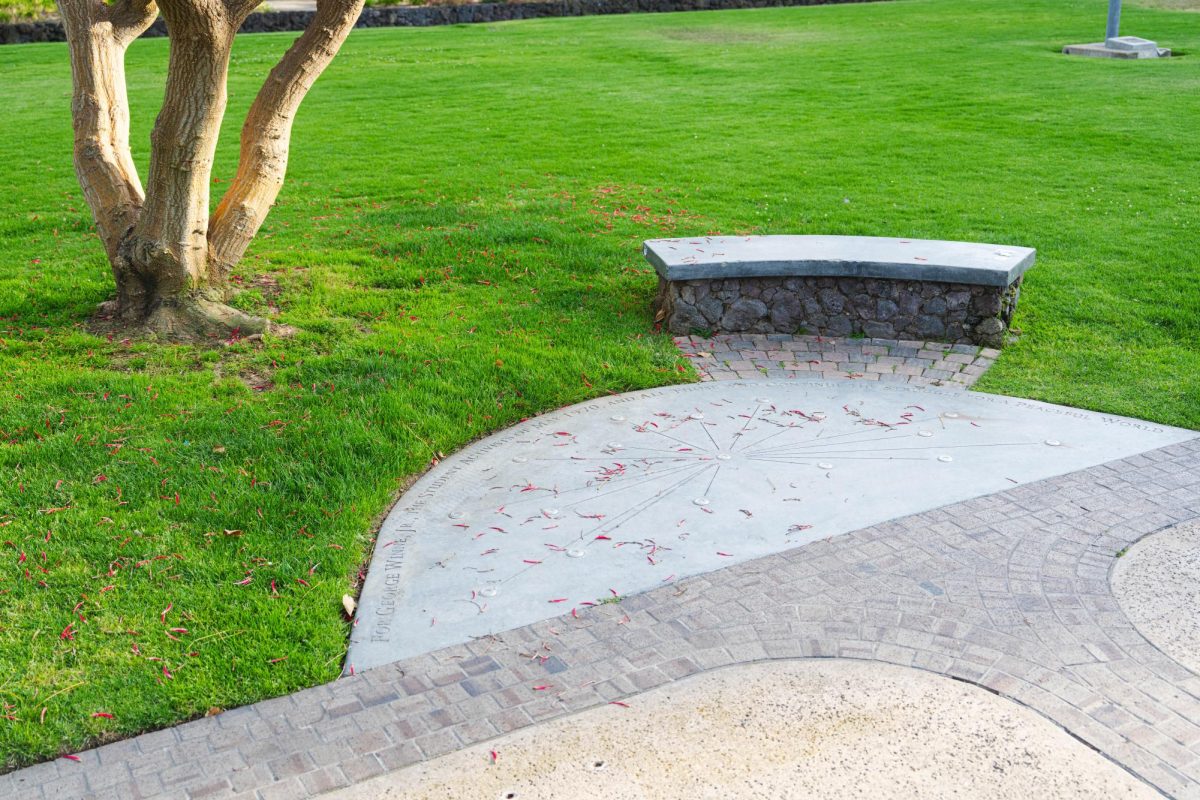In the United States, the top three things Americans resolved to do in 2012 were (1) become more physically fit, (2) get organized and (3) spend less and save more, according to a study published by researchers from the University of Scranton in the Dec. 20, 2012 issue of the Journal of Clinical Psychology. These resolutions reflect a subtle but significant change in the nation’s priorities for the new year. In 2002, the same team of researchers found that the top three resolutions were (1) lose weight, (2) improve non-romantic relationships (e.g., friends, coworkers and neighbors) and (3) change or improve career situation.
In the past ten years, the country has been through a lot of changes. Americans have been forced to plow their way through a double-dip recession, two drawn-out conflicts and persistent unemployment. Resolutions 2 and 3 from the 2002 dataset reflect optimism and determination in the public’s approach to climbing up the ladder in the workplace. Resolution 3 from the 2012 dataset, the only one about economics, indicates that a difficult decade has caused Americans to hunker down and focus on spending less rather than earning more.
It’s not all bad news, however: According to a review article published in the Sep. 2012 issue of Mayo Clinic Magazine, American media has become far more inclusive of different body shapes and sizes. The review article also stated that most Americans (more than 50 percent) are now able to distinguish between health and physical appearance better than ever before. This shift is reflected in difference between the top resolution for 2002 and 2012: Now, the emphasis is on being healthy rather than losing weight.
Furthermore, it appears that difficult times have brought a new sense of urgency to New Year’s resolutions. The researchers found that in 2012, 18 percent of Americans who made resolutions were “moderately to fully successful” in fulfilling their New Year’s resolutions, compared to just 8 percent in 2002.
Organization — the 15th most popular resolution in 1992, one of the first years that the survey was administered — has been climbing the charts since that year and finally entered the top three in 2012. In these 20 years, Americans have acquired more and more gadgets: smartphones, MP3 players or tablets are now owned by over 80 percent of American households, according to a 2012 statistics released by Consumer Reports. Furthermore, the average number of “smart” mobile devices owned per person, like the three noted above, exceeded 2.0 for the first time last year. As Americans become more and more connected to their technology, staying organized has emerged as an unexpected challenge and a true first-world problem if there ever was one.
Citizens of countries that aren’t members of the so-called first world often have a very different set of resolutions, a fact that hadn’t been documented until the Google Zeitgeist Project, launched earlier last year. Its interactive “2013 Resolution Map” shows many of the same patterns as the University of Scranton team’s findings for American citizens, but also sheds light on resolutions made by citizens all around the world. Its methodology is a bit different, but has the same effect: Zeitgeist users can either submit resolutions on their own or up-vote popular resolutions written by others. The most popular resolutions are the ones displayed.
For Kenyans, the most popular resolution was simply, “Smile more.” Just north in Ethiopia, the most popular resolution was a single word: “Love.” And for Iranians, the most popular resolution for 2013 wasn’t really a resolution at all, but a prayer: “An end to all wars, both here and abroad.” The author of the resolution was anonymous, but over a hundred thousand Iranians have up-voted the message in a matter of days.
Resolutions reflect an innate, human desire to have a better life and make a fresh start. Today’s resolutions can be published, analyzed and compared as never before. Resolutions may have originated as a deeply private form of prayer, but these days, it only takes a few clicks to see what the world is wishing for.






